If you have ever wondered about the functionality of slating during a film shoot, what a shooting script or line script is and how to keep a shot log, then this may be the perfect video tutorial for you, in two parts.
We'll walk through some quick tips and tricks for getting the most use out of one of the most recognized icons in the film industry. Rather than a complete primer, this is intended to be a simple introduction on the uses of slating in the film industry, or for use with your little digital camera. It is not comprehensive but it will get you started in the right direction. Slating is important because it helps keep everything in order during editing in the post-production phase of the movie.
Mark the slate with the project title, roll, scene, take, director, camera (cinematographer or director of photography), date, time of day (day, night), kind of filter, int. or ext. (interior or exterior), and MOS or sync sound (MOS means there is no synchronous audio track). After all of the information is written down and it's time to shoot a scene, you need to stand in front of the camera with the slate in hand, clapper open, and call the title, roll, scene, and take number. After that, clap it and get out of the way. If it is MOS, don't clap it, just stick your hand through the clapper on the slate.
Just updated your iPhone? You'll find new emoji, enhanced security, podcast transcripts, Apple Cash virtual numbers, and other useful features. There are even new additions hidden within Safari. Find out what's new and changed on your iPhone with the iOS 17.4 update.



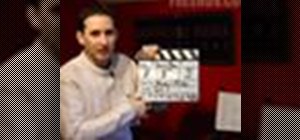

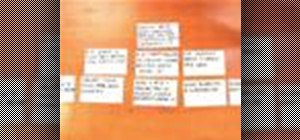

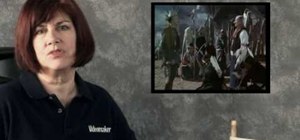

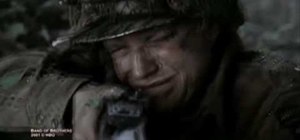





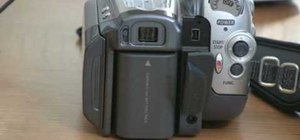

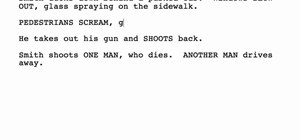

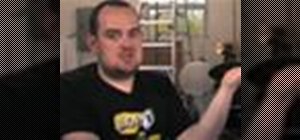


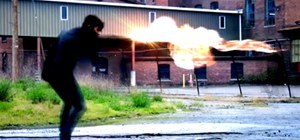

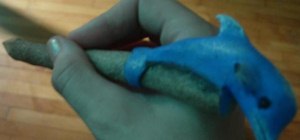
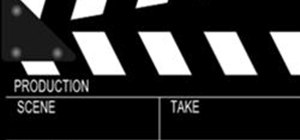
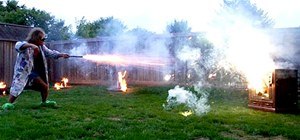
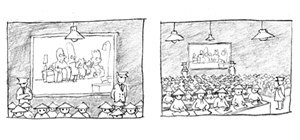
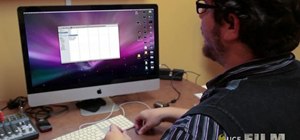
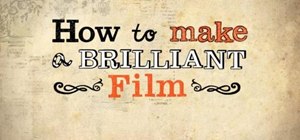

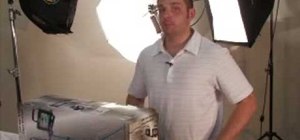

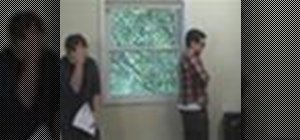




3 Comments
i do not see this video
Great tips Thanks for Sharing.
One minor observation. In "old" times, with film cameras, the order of call-outs would be: "Sound?" "Rolling!" "Camera?" "Speed!" "Slate in!", etc. Sound recording would go first, since magnetic tape is much less expensive (not to mention, reusable) than film, and that way, they would save the waste of about 5 seconds of film per each take. In today's digital image acquisition this is no longer relevant, but on most film sets, the order of callouts will still likely be the same: sound - camera - slate - action!
Share Your Thoughts